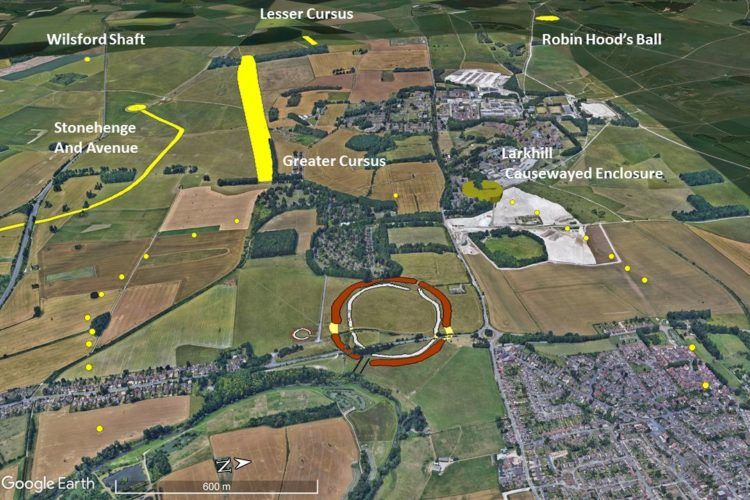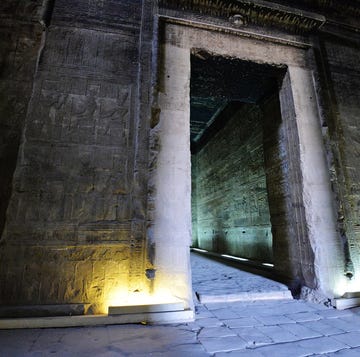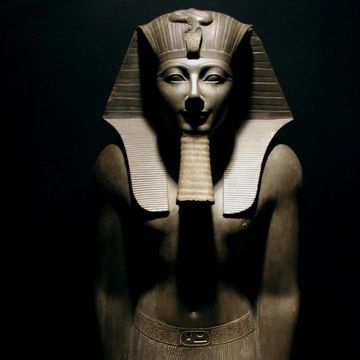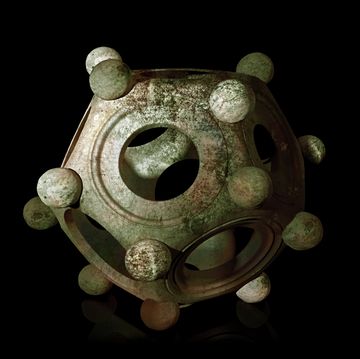- A new structure has been found near Stonehenge that makes it one of the largest monuments of its kind throughout Britain.
- The purpose of the massive site, which is more than 4,500-years old, remains a mystery—as do the 5,000-year-old Stonehenge and other similar sites in the area.
A mysterious new monument has been discovered underground thanks to remote sensing at a Neolithic site near Stonehenge that features at least 20 shafts, which measure nearly 33-feet in diameter and just over 16-feet deep. The site is outlined below in yellow dots.
According to a news release from the University of St. Andrews “the shafts form a circle more than [a mile] in diameter which encloses an area greater than [one square mile] around the Durrington Walls henge, one of Britain’s largest henge monuments, and the famous smaller prehistoric circle at Woodhenge.” The BBC reports that this is larger than any other “comparable monument in Britain.”
Researchers used radiocarbon dating which suggests that the monument was erected over 4,500 years ago.
Interestingly, this new monument surrounds the Durrington Walls settlement—also called ‘Superhenge’—which is about 2 miles northeast of Stonehenge. Vince Gaffney, a professor and archaeologist from the University of Bradford in England, told the BBC that it was quite the surprise to find the monument considering how well-studied and analyzed Stonehenge has been.
“When these pits were first noted, it was thought they might be natural features. Only through geophysical surveys could we join the dots and see there was a pattern on a massive scale,” says Gaffney.
Tim Kinnaird, with St. Andrews’ School of Earth and Environmental Sciences says “the sedimentary infills contain a rich and fascinating archive of previously unknown environmental information, and with optically stimulated luminescence profiling and dating, we can write detailed narratives of the Stonehenge landscape for the last 4,000 years.”
And while the purpose of this new structure remains unclear—some archaeologists think that the site was itself a boundary protecting a sacred area—the researchers believe that the find will be invaluable in helping them figure out more about the area’s history.















